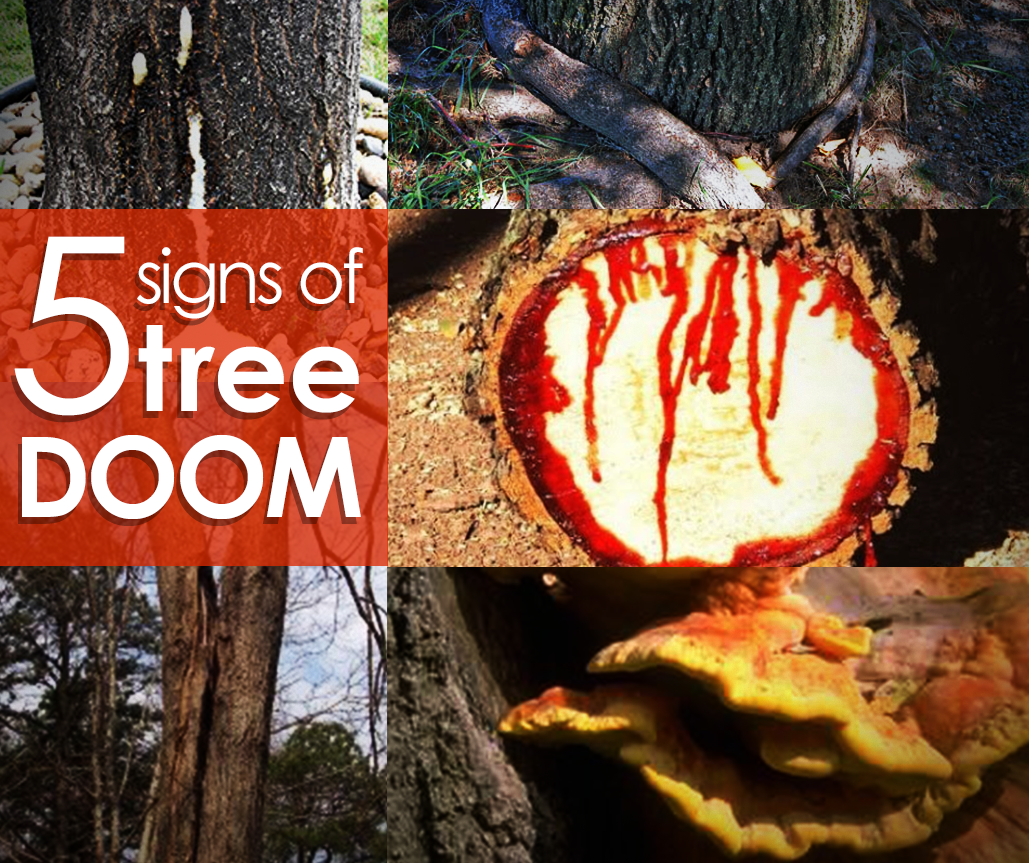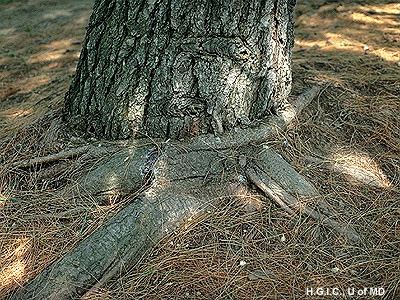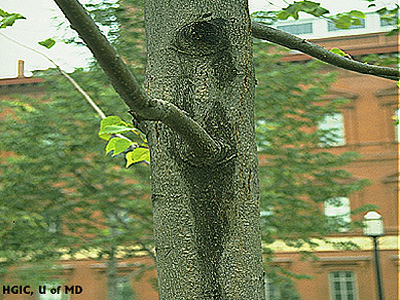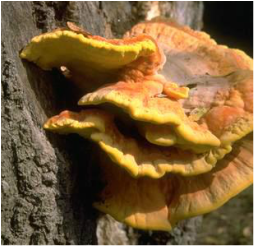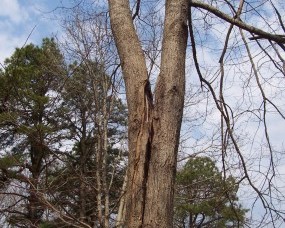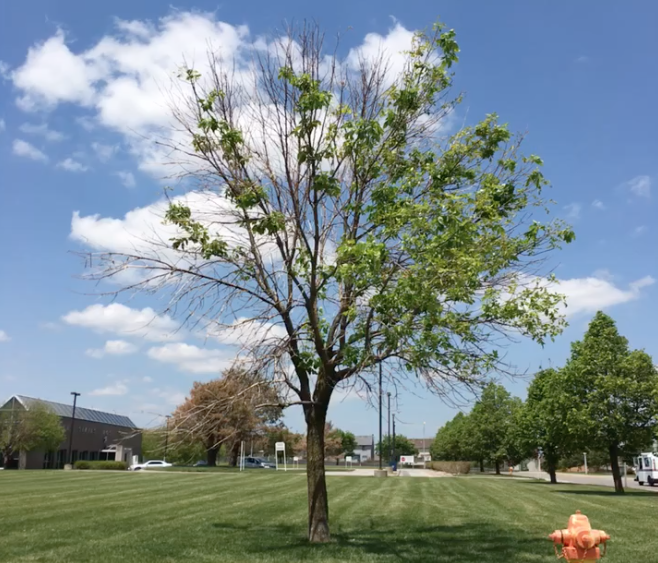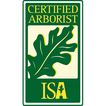Conclusion... Okay, so your tree probably isn't "doomed," but it's important to know and be aware of symptoms of distress, like those listed above, so that you can take action to slow or prevent the death of your tree. Trees generally die a slow death, and more often than not, due to a number of factors. If in doubt, consult with an arborist for peace of mind! Sources:
- https://extension.umd.edu/hgic/girdling-roots-trees-and-shrubs - http://extension.psu.edu/pests/plant-diseases/all-fact-sheets/wetwood-or-slime-flux - http://ipm.ucanr.edu/PMG/PESTNOTES/pn74109.html
42 Comments
|
AuthorAmy Grewe, Certified Arborist & Co-Owner Categories
All
Archives
April 2024
|

